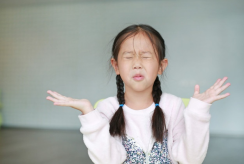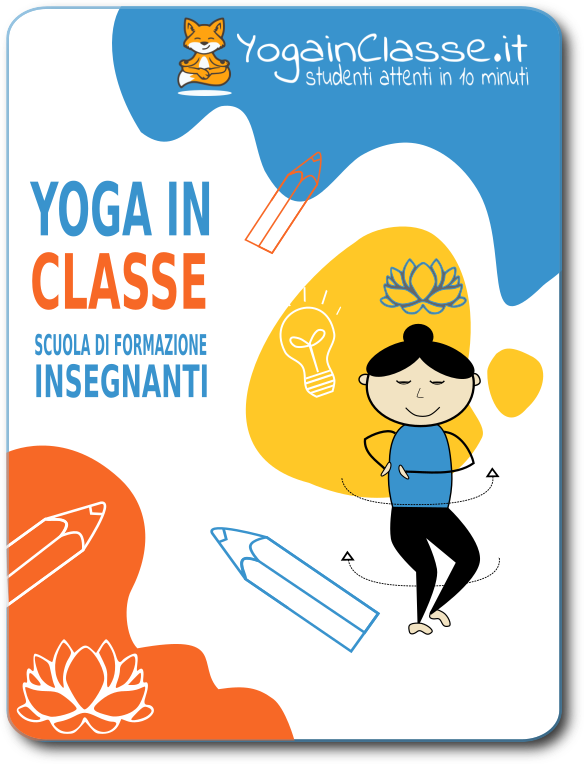ADHD and hyperactivity: the 3 strategies to manage agitated students in the classroom

The Attention Deficit Hyperactivity Disorderr o ADHD, according to Ayurveda, is a body-mind disequilibrium that has a specific cause.
The oppositional defiant disorder and the conduct disorder are often external manifestation of ADHD, but what really matters to you is knowning that the child doesn’t do this on purpose: there’s a reason behind this disorder.
According to Ayurveda, each kind of suffering has its own reason.
In fact, Ayurveda adopts the concept of Karma (that means “action” or “destiny”), also called cause and effect law which explains what we call ADHD as a consequence of something that occurred in the past (in the very remote past) of the child.
Therefore, every students of yours has its own personal “karma” luggage to serve and this might be positive, negative or neutral. But the good news is that the suffering that your students will have to face is not an end in itself but follows a superior goal: learning a lesson.
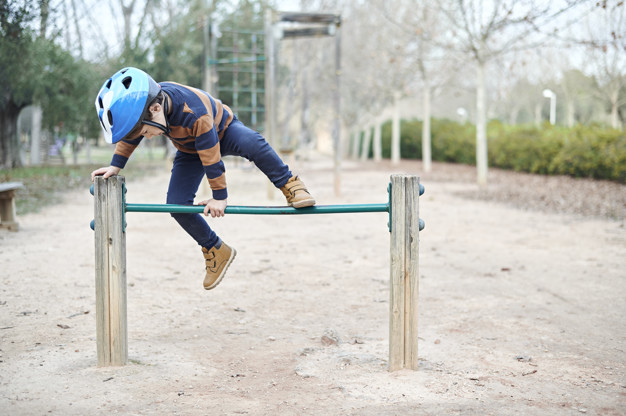
I propose you a methaphor. Imagine that each one of your students will be required to tun a marathon during their life. In order to win it, some will have to climb over a low wall other and some over a huge one, but everyone will have to overcome an obstacle.
The taller the wall, the more the child will have to commit to climb over it. That’s quite obvious. The great thing is that thanks to their karmic obstacles children will have the chance to learn how to draw from their internal resourses that otherwise would stay hidden.
From a Yogic point of view, ADHD is not a problem that must be solved, but it’s a precious opportunity to allow the children to let his latent strenghts arise.
Adults that could overcome impairments such as dyslexia, hyperactivity or more severe ilnesses, could do this because they could draw fully from their skills and talents that would not have emersed by themselves.

An example? The Australian Nick Vujicic born without arms and legs after a deep depression during adolescence is now one of the greatest motivators for teenagers.
From his disabilities he learned that “in life the important thing is not to focus on what you don’t have, but on what you have!“. A really great message for the future generations!
For this purpuse, Yoga teaches that happiness doesn’t come from desiring what you don’t have, but from the feeling of gratitude for what we have. In life it makes a fifference to se the glass half full!
But without going to far, we can’t mention the Italian Simona Atzori: she too was born without arms and nowaday is very estimated woldwide for her talents in dancing and painting. From her impairment Simona learned that “limits are just in the eyes of the watcher, but for the soul there are no limits to express yourself”.
Or again we could mention the famous Alex Zanardi, who, after losing the legs in a Formula One accident, went back to the competition with his artificial limbs and he won again.
He fundamentally learned 2 things: to be always optimist in every circumstance and to remember that God is the key to bring out the best part of ourselves.
The list of people who could transform a crisis in an opportunity is really long, but the key point is this: childre with ADHD are just waiting for someone to help them awaken their hidden resources in order to express the best parts of themselves.
You as a teacher a the perfect candidate to do this.
Agitated students: the "pressure cooker" effect and how to manage stress with Yoga in Classe
You will tell me, ok Gian Pietro, I understood that ADHD is an opportunity and that I could be the pperfect candidate to help my students, but what can I do practically to manage them when they manifest their state of agitation?
Let’s see which might be the main causes of agitation of the child:
- Problems in the family. For example: Separation of the parents, grief
- Wrong eating habits
- Disfunctional habits. F.e. techno-dependencies
- Lack of movement.
You can’t do much on the first point.
But on point 2 and 3 you can intervene at a certain extent (maybe with a program about healthy nutrition and prevention against dependencies).
On the fourth point, instead, you have full control and you can do a lot: we will go deeper into it.
As you know children are by nature “full of energy” and if you don’t give them enough space to express their energy, it will block and it will start accumulating like a “pressure cooker“.
Now, this is the most important point I want you to get: often ADHD children have much more energy to free with respect to their mates.
When a student is too full of energy, if you don’t give him a way to channel this energy, his body will start feeling agitate and will try to balance with behaviours that are often unpleasant for the school mates.
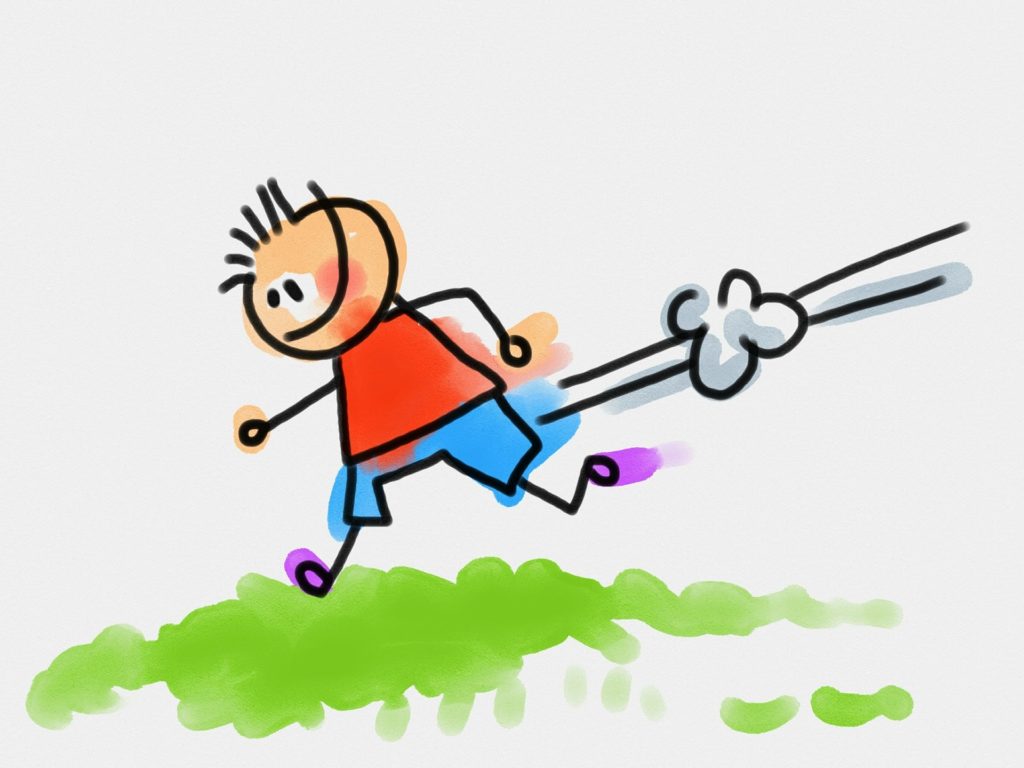
According to my opinion, a snack break lasting 15 minutes per day and 2 hours of physical education per week are not enough to allow children to release all their energy.
One has to take into account that every child has a different amount of energy to spend: for someone half an hour movement every day can be enough, for another even 3 hours are not enough!
For children affected by ADHD is important that during school hours they always have means of release.
For this reason, in order to manage their surplus of energy the educational journey of Yoga in classe has developed a method called “Dynamic Yoga”: a sequence of simple dynamic exercises that children will practice by themselves and that have been designed with the goal to spend the excess energies in order to restore an optimal level of attention, calmness and clarity of mind.
In practice, Dynamic Yoga works as follows: when the child feels agitated, he/she can ask your permission to go out from the classroom for 5 minutes and he will have to choose one dynamic exercise from a list of programmed exercises that he received from you.
At the end of the sequence, after he calmed down, he will be able to come back in the classroom. The beauty of this method is that with time children learn to listen to themselves and to choose the exercises which are more effective to put them back into balance.
To manage the requests of going out, I suggest the method of the “tokens”: a very simple and effective method that allows you to control the number of times the students ask you to go out in a day or in the week.
An example, although rough, that I encountered while I was giving a Course of Children’s Yoga is the one of a primary teacher that allowed one agitated child to run in the courtyard til the point of exhaustion for a maximum of 2 times daily. This method worked more than fine for the whole primary school years (This was actually made possible by the fact that the teacher could control the running child from the classroom).
Thanks to her intuition, this teacher based of the principles of Dynamica Yoga.
Therefore, we can intervene in 2 ways in oder to help children manage the excess energies:
- Emergency plan: as soon as the child feels agitated, give him/her structured means of release. Therefore you can solve the problem every time it happens.
- Long-term plan: don’t forget that the best way to manage a problem is to prevent it. That’s why I strongly suggest you find a 10-minute daily routine that has greatly beneficial effects on the wellbeing of your students.
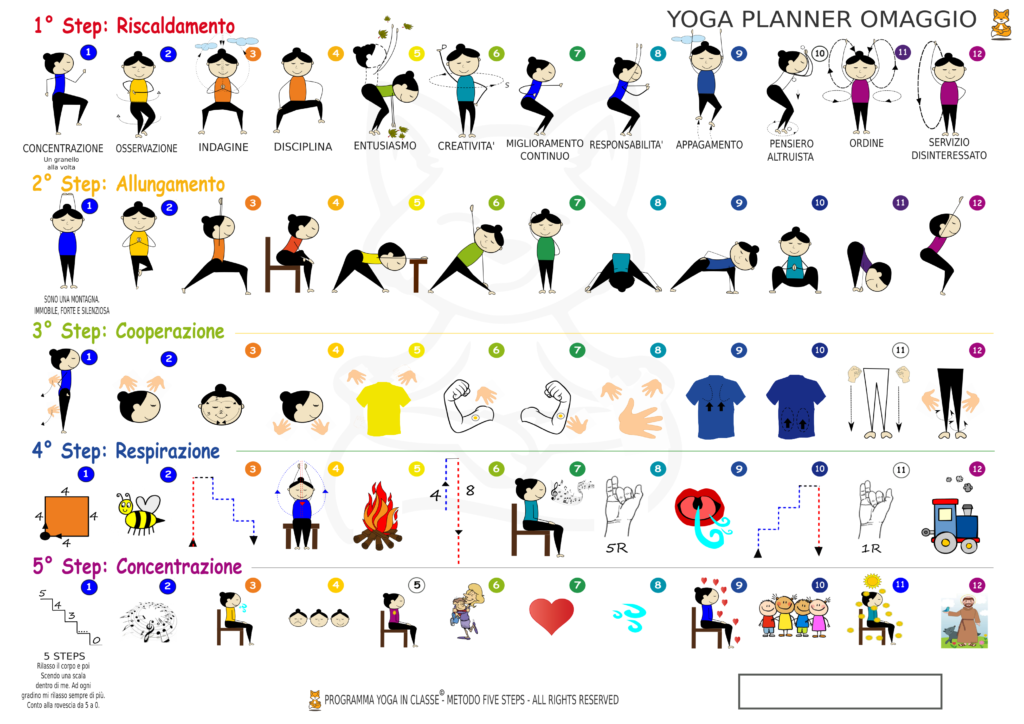
During the teacher course we will teach you the Five Steps Yoga Practice:
a program of 12 Yoga sequences (60 exercises) divided into 5 levels of increasing relaxation that bring children gradually from a level of agitation to a situation of calmness and concentration and all this in just 10-minute daily (for every session there are maximum 10 postures).
Thanks to this stratagem you will avoid many reprimands and you will give also children with ADHD the chance to learn how to manage their excess energy.
Yoga in classe: what are the best exercises to relax the child?
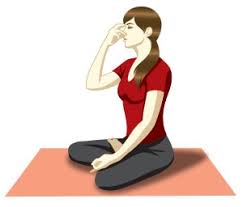
Let’s jump to the practical part and let me explain better how the method Yoga in classe works.
This program bases on a very simple principle: the aim is to bring the child bacl to a state of calmness and progressive relaxation specifically using breathing techniques.
So, how can breathing have such a overwhealming effect on the mind?
Let’s take an example. How’s your breathing whenever you feel agitated?
If you pay attention to it, you will find that it is short, contracted and coming from the higher part of the chest… Isn’t it?
As you see, the state of your mind direct influences on your breathing pattern and that is a scientific fact.
And than, what happens after you experimented this sense of agitation?
The body, in order to come back to balance, feels the natural tendency of taking “a nice deep breath”.
Actually the deep breathing is a stratagem of the body to get relaxed: whenever you breath deeply, you relax your body which in turn relaxes your mind. Deep breathing has the chance to unblock the diaphragm, that is also the place where emotions gathers up.
If it’s true that the state of mind reflects on the breathing, than also the contrary is true: by learning how to relax the body and to breath deeply, we can gradually relax our mind.
Here is revealed why Yoga is so effective in calming down the mind of children: by acting in a combined way on body and mind, one can balance efficaciously body, mind, emotions and breathing of the children.
The important thing we need to know if you want to see results is to practice Yoga with perseverance: as they say: ripetita iuvant.
The role of the Values in education to awaken calmness and concentration
In order to help your students with ADHD you need another piece of information.
Patanjali, a mystic who lived in 400 a.c. inserts the Ethical Values in his “Ashtanga Yoga” even before the practice (Asana) and the breathing exercises (pranayama).

But why?
Im my yoga courses, in order to teach the importance of the virtues in the practice of yoga I often bring this example.
If before taking a Hatha Yoga posture a child had argued oder has been disrespectful to another child, where do you think his/ her mind would go during the exercise?
Exactly: The mind would be totally absorbed by thinking about how to solve this personal matter.
Therefore, the behaviours that let other suffer or that disturb everyone’s comfort, turn the mind of the children very agitated and busy in trying to solve the consequences of their actions.
The law of Karma spares no one 
So that another good piece of advice in order to help children regain their calmness and concentration, is helping them cultivate virtuous behaviours: This way their mind will start to reside in a very quiet place, where there will be nothing more to fear.
Furthermore, helping children in cultivating the virtues is the most ecological way to make them feel really important and useful for the people around them.
That is why, if you wish that your breathing and Hatha Yoga exercises have a great effect on your students, you really need to think about a long-term program that will educate them to cultivate their more altruistic side.
In the Teacher Training Yoga il classe, in the section dedicated to the integration of Yoga in the didactic we will take a deeper look at the various methods to educate children to be altruistic.
Just like our grandparents would say: Simple life and high thinking!
Conclusion
To be able to teach children with ADHD it is important that your program includes 3 things:
- An emergency plan: a series of exercises that help children to burn their excess energies
- An educational program that targets the values: exercises to encourage the child to develop altruism and prepare the mind for the practice of yoga.
- A long-term Hatha Yoga program that includes physical exercises (asanas) as well as exercises to enhance calmness, concentration and discipline in the long term.

